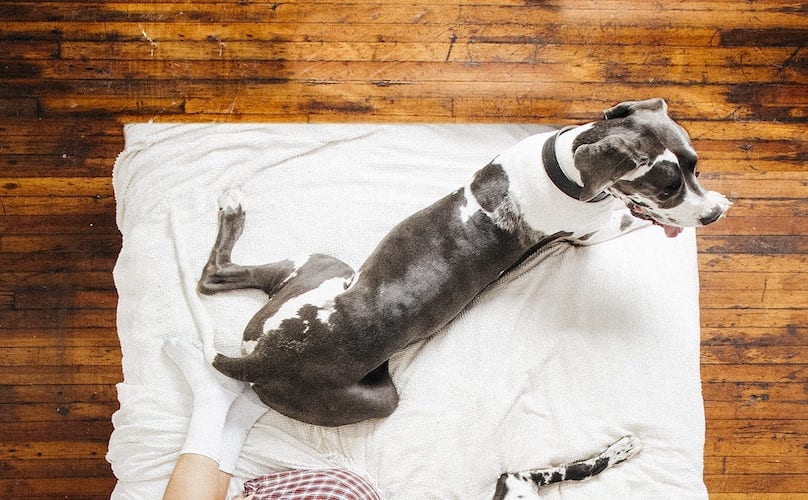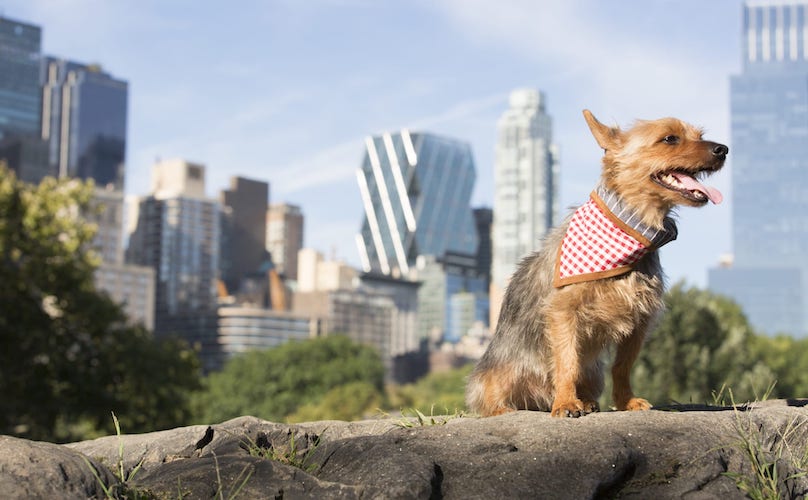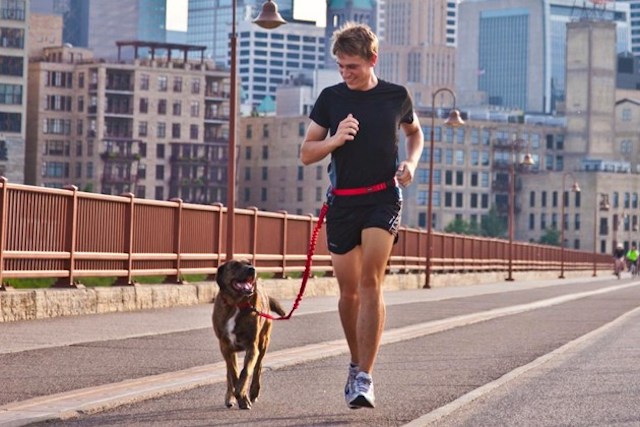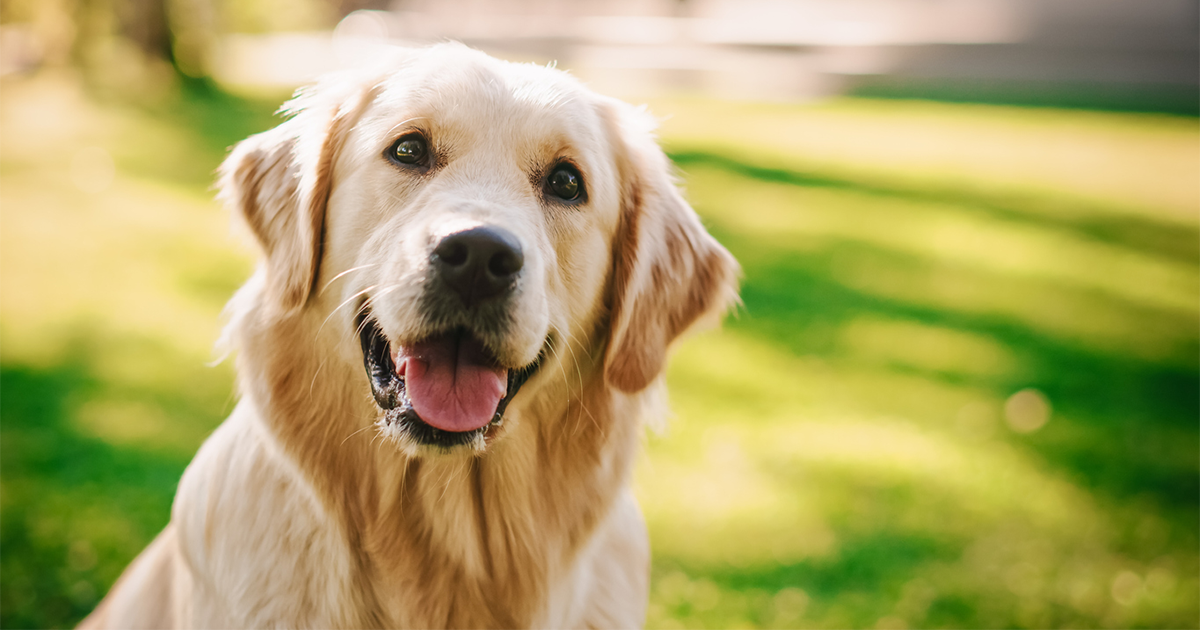***Looking for a gift to blow your new dog’s mind? Spoil them with a BarkBox! Every month BarkBox delivers 2 original toys, designed in-house, 2 full bags of all-natural treats, and a chew. Sign up here and receive a free extra toy every month. <– This deal is worth up to $120 in value if you sign up for a 12-month subscription! 🙂
Part of adopting or purchasing a new dog is figuring out how much daily exercise they will need. As the amount of exercise a dog requires depends on their breed, size, age, health and individual characteristics, you can often make an accurate estimate beforehand. The important thing is to choose a dog whose energy level matches your own.
Why? Almost all dogs thrive with exercise. Without at least one daily 30 minute walk, your pup may become frustrated, depressed, anxious, aggressive and/or release her energy in other destructive ways. Thus, if you’re wondering how much your new pup needs to be exercised each day (and why), read ahead!
Breed And Size Factors


When considering bringing home a new dog, it’s important to evaluate breed and size first. Living with a dog whose exercise requirements don’t match your own abilities and interests can lead to lots of strife—for both you and your dog.
Let’s look at breed first: While researching dog breeds, you’ve probably read a lot about “active” breeds and “less active” breeds. Generally, dogs that were bred to herd, hunt or guard are higher in energy. Thus, they require more exercise each day. Dogs that were bred to be companions usually have lower energy levels, meaning they need less daily exercise.
Whether your new dog is a Border Collie (typically very high energy) or a Great Dane (typically medium to low energy), your pup still requires daily physical activity. However, an athletic herding dog like a Border Collie will likely do best with at least two hours of somewhat intense exercise a day. A simple walk will not suffice; running, hiking, doing agility, and/or playing fetch must be done as well.


Meanwhile, a companion dog like a Great Dane might be happy with just one or two 30 minute walks around the park each day.
Other groups of dogs, such as terriers, also typically require more exercise. This is where size comes in. A smaller stature does not necessarily mean less energy. In fact, some extra large breeds of dogs are typically slower moving, while some small breeds are go-go-go.
Still, breed is ultimately the determining factor. For instance, even though a feisty Jack Russell Terrier may only weigh in at 15-30 pounds, they’ll require extensive exercise each day. In comparison, another 15-30 pound dog—the French Bulldog—isn’t physically capable of running or even sometimes walking long distances. The takeaway? Whether large or small, stick to a breed that matches your own exercise levels!
Age And Health Factors


The effects of age and health on a dog’s daily exercise requirements are a bit more obvious. As dogs age, their energy levels lower. Their bodies may also be less capable of rigorous or even simple exercise. Furthermore, if dogs young or old have a health condition, it may also affect their physical activity needs.
Keep in mind that adopting an older dog is a wonderful decision for many families. Few people can dedicate the time and effort to exercising a young, high energy dog, such as an Australian Shepherd. That said, by age five, six, or beyond, that Australian Shepherd will be less demanding in its need for physical exertion. Of course, those looking for a running or mountaineering partner should choose a young and healthy dog who is equipped for great physical challenges.


If you adopt a dog that has health issues, first evaluate the nature of the condition. Will they be cured or improved, or is their condition chronic?
For instance, a 10-month old Siberian Husky with heartworm may be easily tired and lethargic now. However, once they’re (hopefully) better and finished with treatment, the energy level of that breed of dog might explode into its normal levels.
Alternatively, a Boxer with hip dysplasia or arthritis—aka a chronic condition—may improve with treatment, but will never be cured.
Why It’s Important To Exercise Your Dog


Getting a new dog is fun and exciting. But without establishing an exercise routine with your new pup, the transition into life together might not go so smoothly. Exercising your dog daily based on their needs and requirements is the fastest way to develop trust and love. By running or walking with your dog every morning and/or evening, you’ll likely find that an emotional bond forms very quickly.
Even if you adopted a low energy breed, an extra-large or extra-small dog, and/or a dog with different physical abilities, don’t skirt the daily exercise. Finding ways to stay active with your pup will make life more meaningful for both of you, not to mention increase health and happiness.
Basic Supplies For Exercising With Your Dog


Keep in mind that running or walking with your dog requires just a few basic necessities. A comfortable fitting and non-chafing collar or harness is essential, as is a simple leash. Of course, you may want to invest in a hands-free leash as well, just for your own ease.
If exercising in the heat or for long periods of time, also consider purchasing a collapsable water bowl. They’re easy to carry and ensure that your dog won’t become dehydrated or overheated.
For those with highly athletic dogs, also consider other supplies, like a well-fitting doggie pack. Although it’s important to speak with your vet first about whether your dog can safely carry a pack, a standard lightweight hiking backpack can help challenge and even calm down super energetic pups.
Looking For More Posts Like This?
How Do I Know If My Pup Needs To Go To The Vet?






